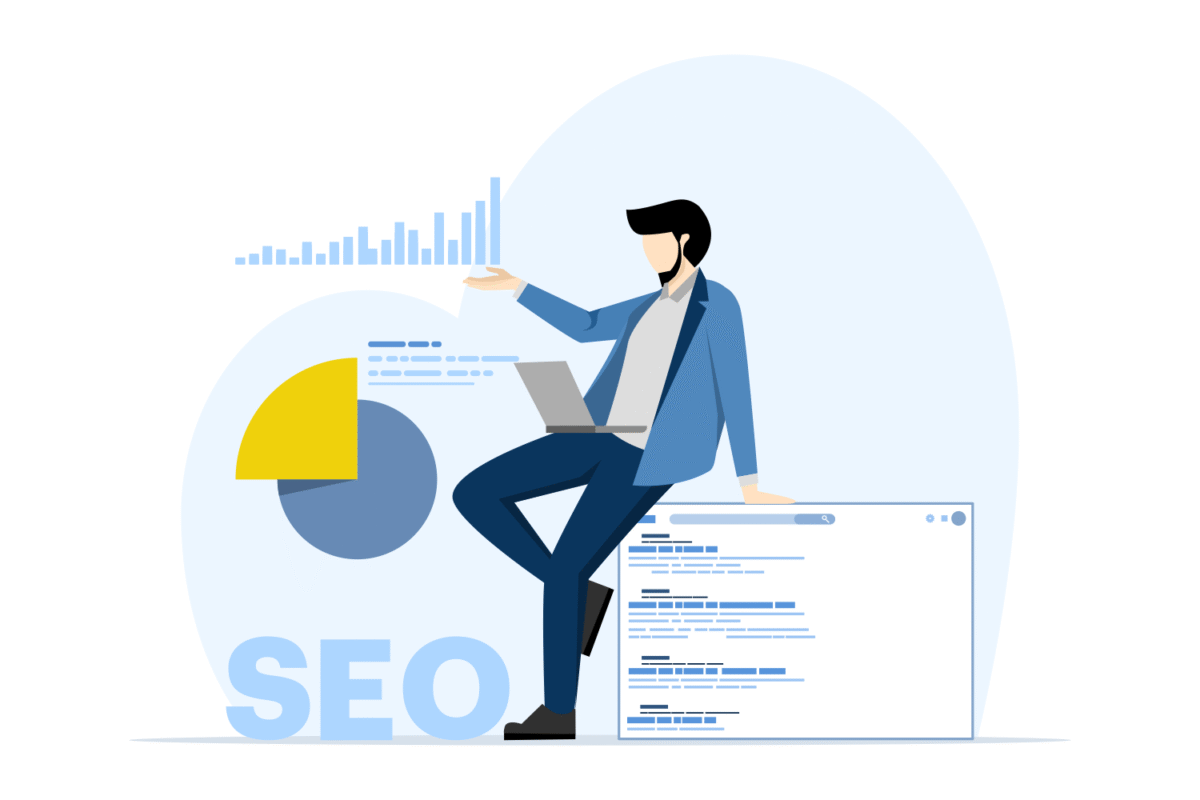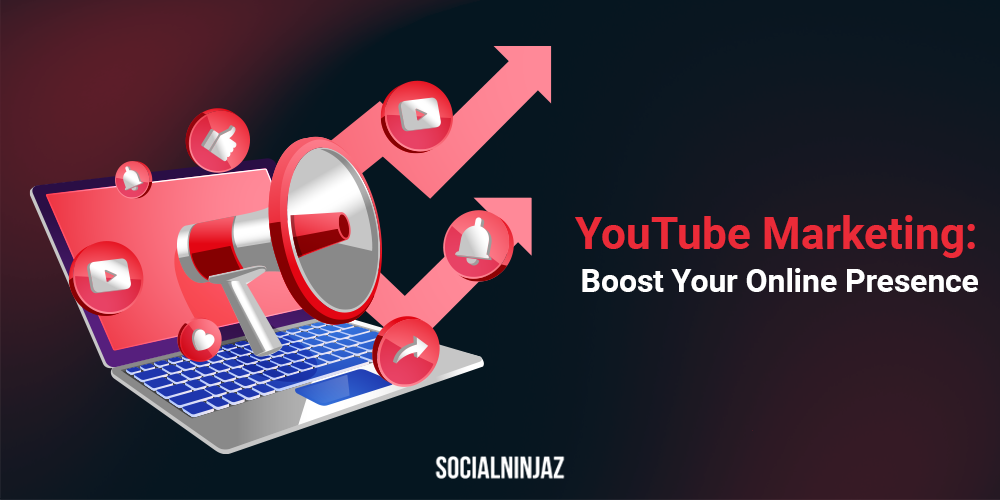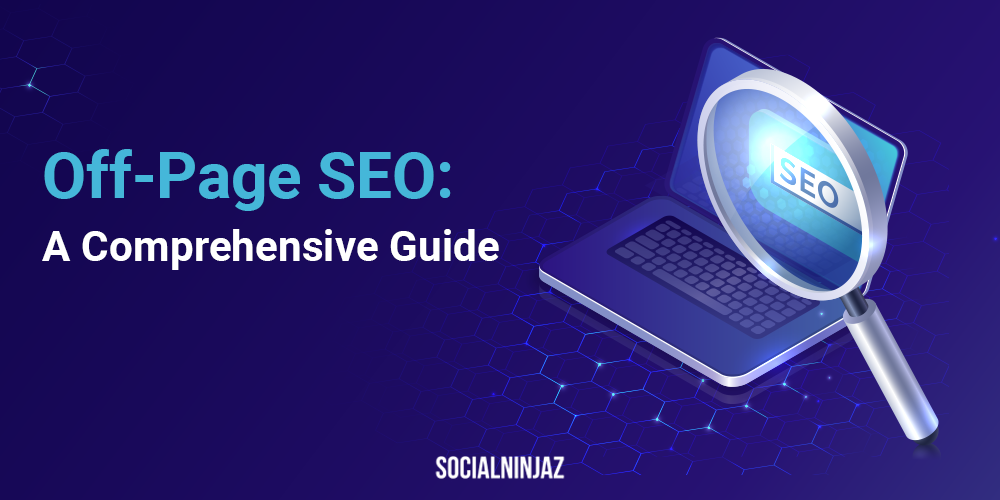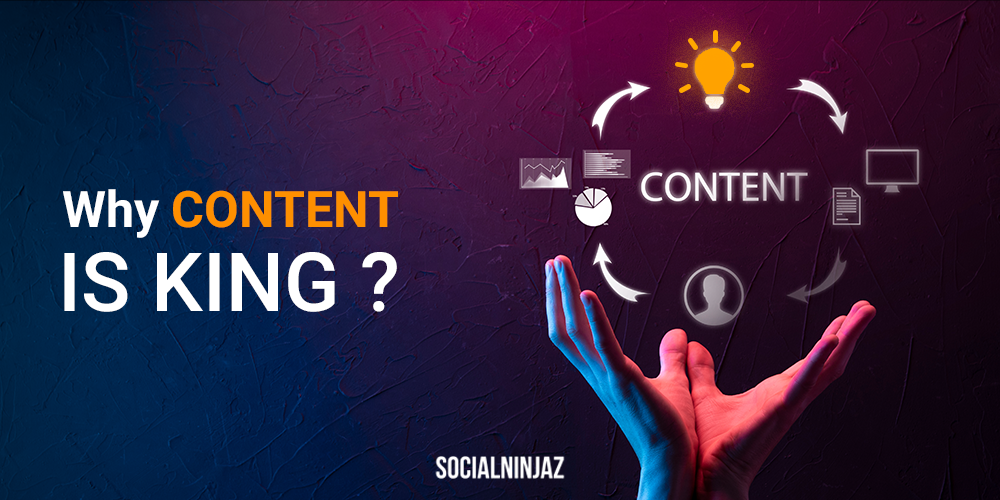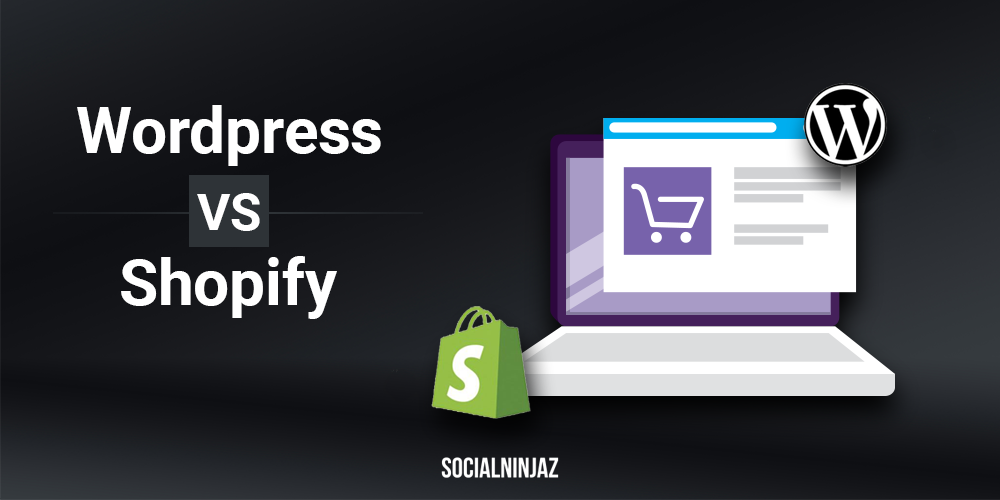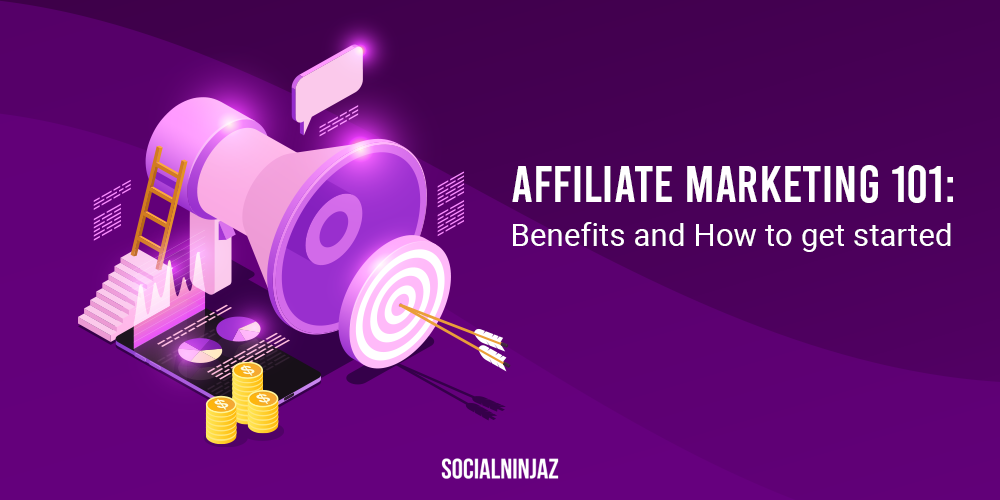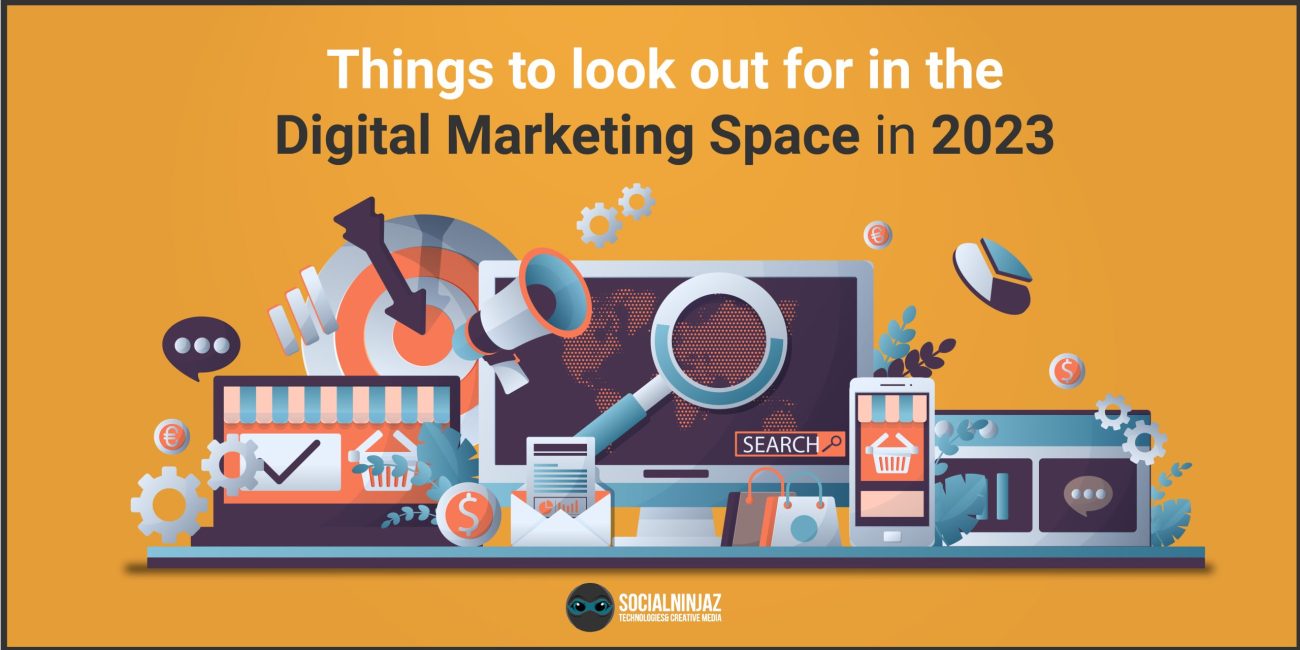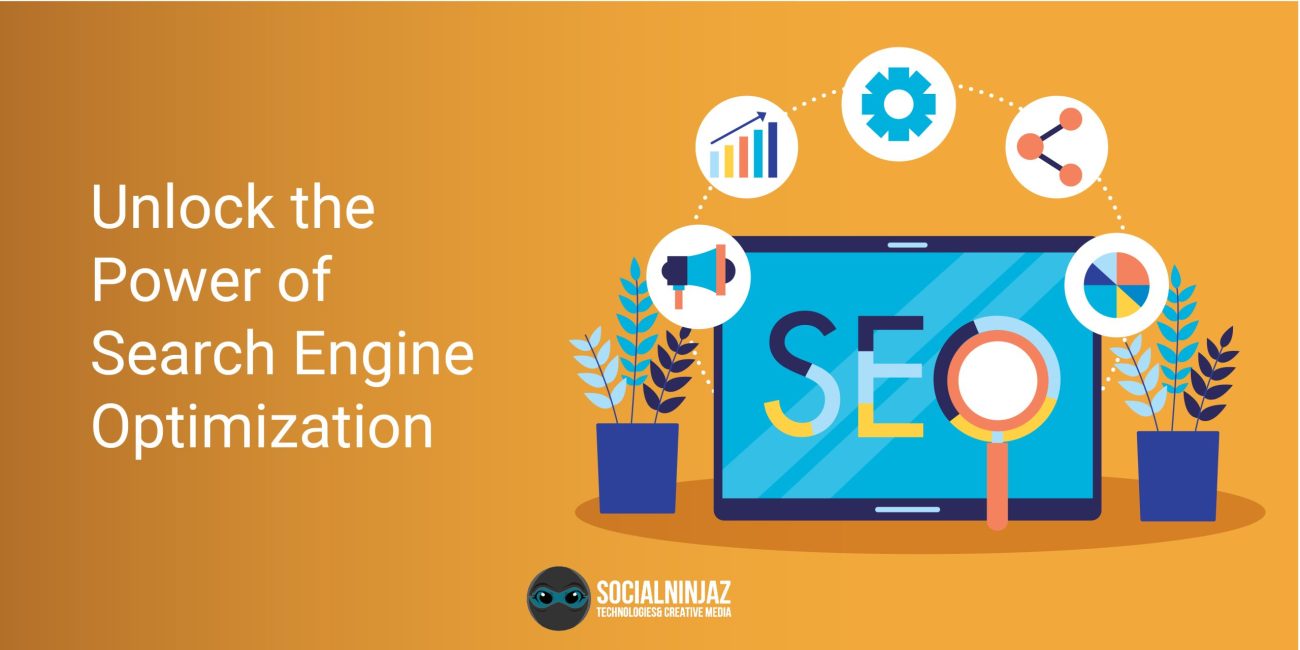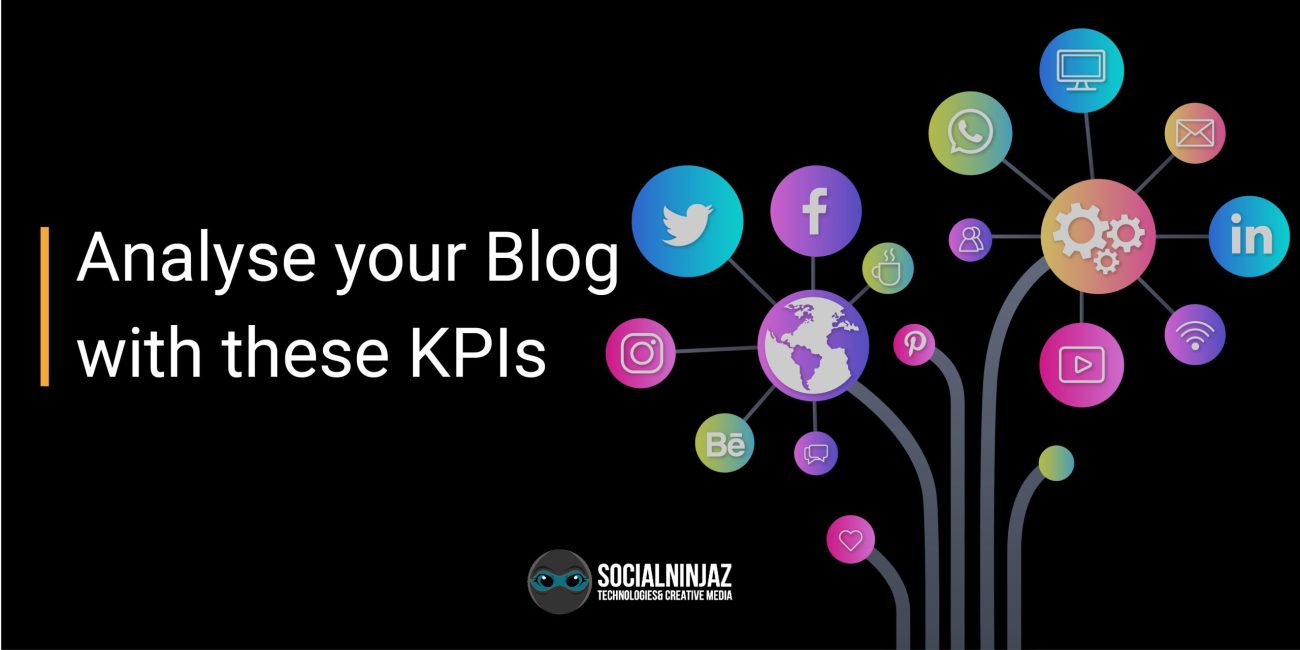Remarketing is a powerful tool that allows businesses to target users who have previously interacted with their website or mobile app. This type of advertising is particularly effective because it helps businesses to reach users who are already familiar with their brand and have shown interest in their products or services. In this interactive blog post, we’ll explore the basics of remarketing, including how it works, the different types of remarketing campaigns, and best practices for getting the most out of your remarketing efforts.
First, let’s talk about how remarketing works. When a user visits your website or mobile app, a cookie or mobile advertising ID is installed on their device. As users continue to browse the web or use other mobile apps, you may follow their behavior and target them with specific ads. For example, if a user visits your website and adds a product to their shopping cart, but doesn’t complete the purchase, you can use remarketing to target them with ads for that specific product.
Businesses can use various remarketing programs, each with its own advantages. Here are some of the most common types:
Table of Contents
ToggleSearch remarketing:
Users who have previously looked for specific terms on Google or another search engine are targeted with this technique. For example, if a user searches for “running shoes” on Google, you can use search remarketing to target them with ads for your running shoe products.
Display remarketing:
In this, the users that have already visited your website are targeted. You can use display remarketing to show users ads for products or services they viewed on your website, or to promote other content on your site.
Video remarketing:
Users who have previously seen one of your videos are targeted. You can use video remarketing to show users ads for related products or services or to promote other videos on your channel.
Email remarketing:
This technique enable users who have previously provided their email addresses to your business. You can use email remarketing to send targeted promotional emails to these users.
Now that you understand the various types of remarketing campaigns, let’s talk about the best practices for making the most of your remarketing efforts.
Set clear goals and objectives:
Before you begin your remarketing campaign, it is critical to set clear goals and objectives. It will help you determine which type of remarketing campaign is best for your business and how to measure the success of your efforts.
Segment your audience:
One of the most significant advantages of remarketing is the opportunity to target certain groups of consumers. For example, you might want to target users who have previously viewed a specific product on your website, or users who have previously searched for a particular keyword. Segmenting your audience will help you create more effective and targeted ads.
Test different ad formats:
Remarketing campaigns allow you to use a variety of ad formats, including text ads, image ads, and video ads. It’s crucial to test different ad formats to see which ones perform the best for your business.
Use dynamic ads:
Dynamic ads allow you to automatically update the content of your ads based on the user’s behaviour. For example, if a user adds a product to their cart but doesn’t complete the purchase, you can use dynamic ads to show them the product they left behind with a special offer.
Optimize your landing pages:
The ultimate goal of your remarketing campaign is to get users to take a specific action, such as making a purchase or filling out a form. It is critical to optimize your landing pages for conversions so that users are more likely to perform the required action.
In conclusion
Remarketing is a powerful tool for businesses looking to re-engage with customers who have previously shown interest in their products or services. With targeted ads and customized messaging, brands can effectively reach out to potential customers who have previously interacted with their brand, increasing the chances of conversion and driving sales. Furthermore, remarketing can help businesses strengthen consumer relationships by providing personalized and relevant information. Overall, remarketing is a low-cost strategy to increase the ROI of your marketing efforts and drive business growth.






